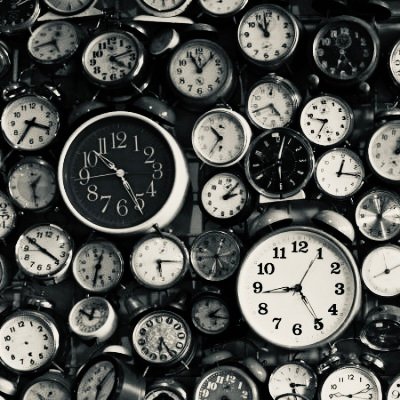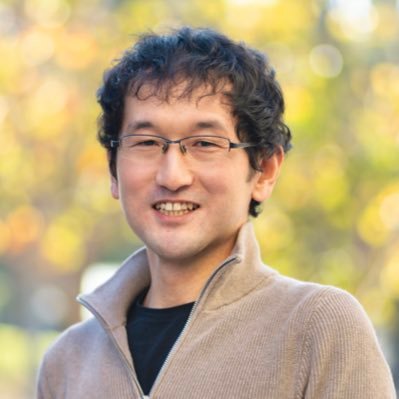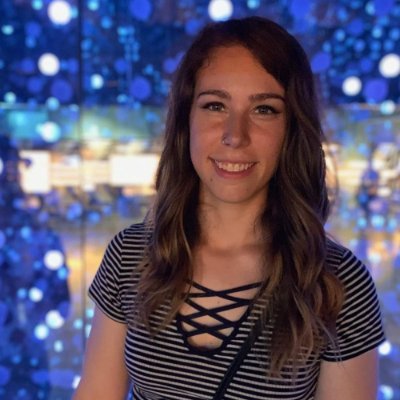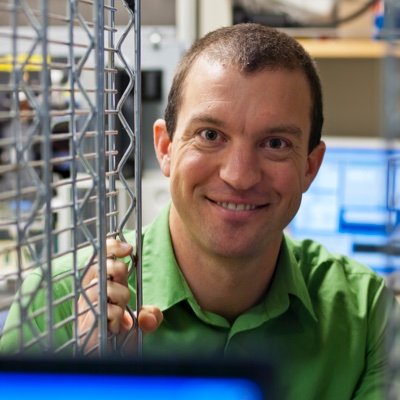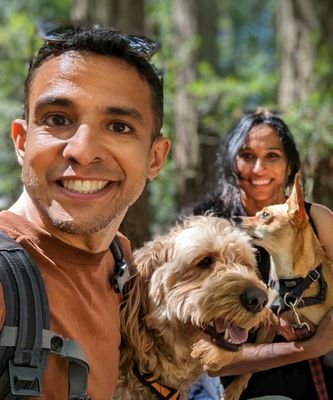
Semil Choksi
@semilc
Followers
333
Following
264
Media
16
Statuses
112
Scientist @UCSF studying cell fate specification, transcription factors and motile cilia. Food and dog take up the rest of my time.
San Francisco, CA
Joined April 2009
We thought there wasn't much new to learn about the cell cycle. Turns out we were wrong! Our paper (out today @Nature) identifies a novel alternative cell cycle that regulates differentiation, not cell division. https://t.co/ayDhJtKK6U. 1/10
20
191
708
EXCITED to unroll this 🧵 on our new story on the metabolic licensing of animal development... How did we even get here..? https://t.co/Z5mhTtLGde Early embryo is thought of a pre-set machine that's set to go once it's fertilized - check out this gorgeous 📽️from Phil Keller!
10
87
366
First preprint from the lab 🚨 How can enhancers regulate target promoters across vast genomic distances, and what is the role of cohesin loop extrusion in the process? https://t.co/l7bwPsTSkd (1)
biorxiv.org
Enhancers are critical genetic elements controlling transcription from promoters, but the mechanisms by which they convey regulatory information across large genomic distances remain elusive. Here,...
20
89
296
Please read and critique our new paper on the genetic determinants of human kidney function @NatureGenet: https://t.co/MxyiCzKRfN We combined GWAS with CNN and CRISPRi to go from loci to target genes. This roadmap may be useful to others uncovering genes underlying human traits.
4
11
55
Check out this nice writeup of our recent paper and the field at large. @WalentekLab identifies some of the most interesting outstanding questions!
Happy to share a @CurrentBiology Dispatch on the work of @semilc and coauthors in the @ReiterLab & Westlake lab on an alternative cell cycle driving multiciliated cell specification and differentiation. Free: https://t.co/CCg5HVNtJk Congrats to the authors of the original work!
1
1
7
Fibroblasts are everywhere in our tissue as structural cells, yet we are only beginning to understand them. Today in @Nature, we report that lung-specialized alveolar fibroblasts orchestrate lung homeostasis, inflammation, and fibrosis. 🧵👇(1/n) https://t.co/DFycGLzlNV
11
125
585
UCSF scientists have unexpectedly discovered that the cell cycle - which enables cells, like stem cells, to divide – can also sprout cilia, or hair-like appendages, in the lungs. @semilc @reiterlab
ucsf.edu
Multiciliated cells, cells with hundreds of hair-like structures that move called cilia, keep things like mucus in the lungs and cerebrospinal fluid in the brain flowing in the right direction.
1
5
17
Are you going? I know I'm applying!
Join us at #SCDB2024 to explore unifying principles in dev bio! Abstracts due JUNE 28. 18 will be picked for talks🎙️. 🙏 to sponsors @ChanZuckerberg @czbiohub @CompanyofBiol, we have many travel awards avail! Check out our amazing speakers & apply today! https://t.co/yMH1OrqAtO
0
3
15
A great team made this project really fun to work on – especially Lauren Byrnes and @ReiterLab. Big thanks to @KonjikusicMia, Benedict Tsai, Rachel Deleon and collaborators Quanlong Lu and Chris Westlake! 10/10
1
0
13
With the multiciliation cycle, there are now at least four major cell cycle variants. Maybe the cell cycle is redeployed in other contexts to regulate differentiation as well? Check out the paper for more details and data: https://t.co/ayDhJtKK6U. 9/10
2
4
21
Check out beautiful recent work from the Meunier lab exploring the role of cyclin O (a non-canonical cyclin) in this alternative cell cycle: ( https://t.co/vbOQKFKMR7,
https://t.co/FRh7feHUJm). 8/10
2
2
25
The multiciliation cycle is a terminal cycle that amplifies centrioles while repressing DNA replication. This is akin to cell cycle variants like the endocycle in which DNA replication is enhanced or the meiotic cycle which has an extra round of cytokinesis. 7/10
1
2
15
We identify cyclin D1-CDK4/6 as a novel regulator of entry into the multiciliation cycle and differentiation initiation. We also show that E2F7, a repressor, prevents DNA replication in differentiating multiciliated cells. Mice lacking E2F7 show defects in multiciliation! 6/10
1
1
16
Many labs have shown that individual mitotic regulators are involved in multiciliated cell differentiation. We show that these individual regulators are organized into a cell cycle-like network that coordinates multiciliated cell differentiation, not cell division. 5/10
1
1
15
We found that across the stages of differentiation, multiciliated cells express regulators of the mitotic cell cycle – CDKs and their paired cyclins. But these cells are post-mitotic. Why do terminally differentiated cells express regulators of cell division? 4/10
1
3
12
Most cells can only make 2-4 centrioles. Multiciliated cells generate hundreds (!) of centrioles, to make the necessary cilia at the cell surface. How do these cells make 50x the normal number of centrioles?!? 3/10
1
1
14
We call this new cell cycle variant the “multiciliation cycle”, for the specialized multiciliated cells that it generates. Multiciliated cells form hundreds of cilia which beat to move fluids, for instance to clear mucus and pathogens (like SARS-CoV-2) from the airways. 2/10
2
0
13
After ~12 years of hard labor, lots of push back and excitement, we are pleased to present our paper showing a new mechanism for the many features of asthma that came out in Science today with an awesome review by Jeffrey Drazen and Jeffrey Fredberg. https://t.co/weExktome9
science.org
Asthma is deemed an inflammatory disease, yet the defining diagnostic feature is mechanical bronchoconstriction. We previously discovered a conserved process called cell extrusion that drives...
26
36
155

